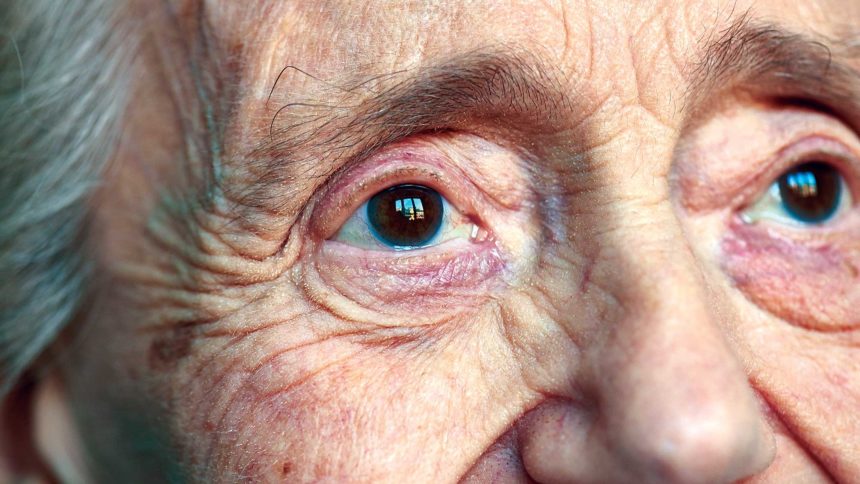
Japanese scientists have isolated certain cells functions that help the eye perceive the environment. The breakthrough may lead to more effective treatments for glaucoma, macular degeneration and other eye-related medical conditions that affect older people, researchers said.
Until recently, scientists believed only two cell types – rods and cones — responded when light hit the retina; however, another type, called intrinsically photosensitive ganglion cells, was found to play a role. These cells differ from rods and cones because they contain a light-sensitive photo pigment.
“Our results suggest that brightness perception should rely on a third variable — the intensity of a stimulus that targets [the photo pigment],” said Katsunori Okajima, a professor at the Faculty of Environment and Information Sciences at Yokohama National University and one of the study authors.
The research was published in Scientific Reports.




